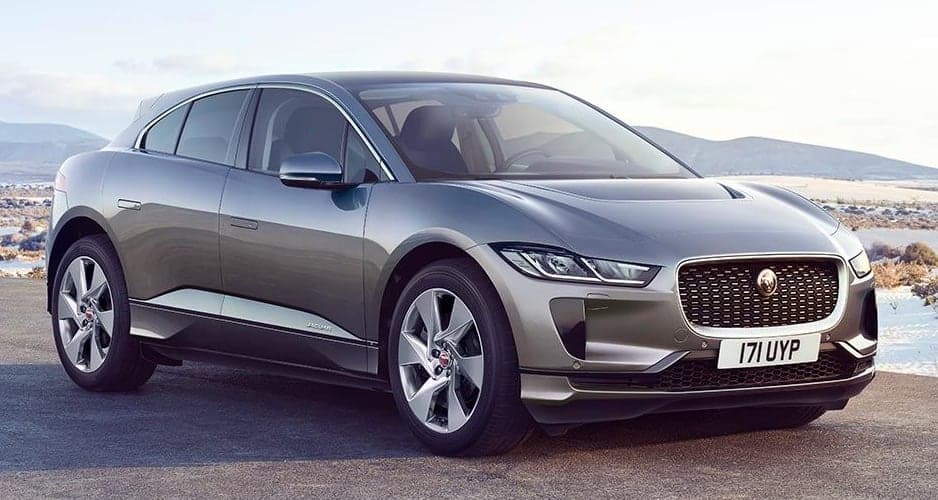Jaguar I-PACE

Range (WLTP)
470 km
Battery Size
90 kWh
Variants
Performance
0-100 km/h
4.8 sTotal Power
294 kWTorque
—Top Speed
200 km/hDrive
AWDRange & Efficiency
WLTP Range
470 kmWLTP Consumption
220 Wh/kmHighway Range
367 kmYour Real Range
Calculate Battery & Charging
Battery (nominal)
90 kWhBattery (usable)
84.7 kWhBattery type
NMCAC Charging
11 kWDC Charging
104 kWVehicle-to-Load (V2L)
NoDimensions & Weight
Length
4682 mmWidth
2011 mmHeight
1565 mmGround Clearance
142 mmWeight
2236 kgShape
Large SUVSeats
5Storage & Towing
Boot Space
505 LBoot Space (Max)
1163 LFrunk
—Towing (Braked)
750 kgTowing (Unbraked)
750 kgHow many Jaguar I-PACE have been sold in NZ?
There have been 355 registered to date (including 54 used imports).
Jaguar I-PACE registrations
Monthly units (includes new and used import)
